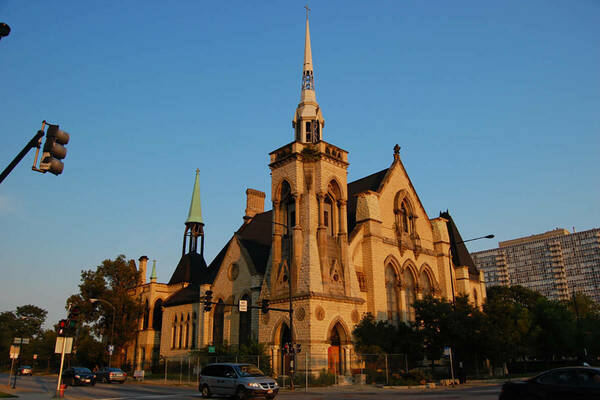“I think in war, you see the worst and best in people magnified. You really see the full spectrum of the human character.”
— Ian Ona Johnson
Ian Ona Johnson is the P.J. Moran Family Assistant Professor of Military History at the University of Notre Dame and is a faculty fellow of the Notre Dame International Security Center and the Nanovic Institute for European Studies. His research themes include military, politics, science, technology, and medicine. More information can be found on his faculty page.
Video Transcript
I'm interested in the origins and conduct of war and the maintenance of peace.
The book project examines secret military cooperation between Germany and the Soviet Union in the '20s and '30s. Germany lost the First World War. They were demilitarized, demobilized by the victorious Allies. Their army was limited to a tiny size by the Treaty of Versailles. The weren't allowed to have tanks or planes or submarines. So how, in three years, was Hitler able to rebuild the German military?
And it turns out the answer was that he didn't. It was a process that had begun more than 10 years before in conjunction with the Soviet Union, a government that they knew was equally hostile to the international order of the day, and began relocating banned military industry, training facilities, chemical weapons laboratories, to Russian soil.
I've studied the Second World War at length, and it's very interesting to me how Allied statesmen thought they could prevent a similar conflict in the future. In 1939, before the U.S. even entered the war, Roosevelt commissioned the State Department to organize a group called the Postwar Planning Committee. One of their conclusions was that the, the post-war order needed an international body, which eventually became the United Nations. But what was really novel about the proposals that were made during the war is that a lot of the people doing the design were actually military officers. And they actually designed an international army for this new United Nations organization — so an air force, navy, army, possibly its own nuclear arsenal. It fell apart for a number of reasons, mostly a lack of trust and growing conflicts in the early Cold War, but a lot of the ideas came to be embedded in what would eventually become NATO.
We're at a moment of flux in international affairs. The institutions we built in 1945 are being stretched in a variety of ways by the international situation, by the rise of China, by changing national policies in the Russian Federation, and we don't quite know what should come next. And I think looking at these critical moments, how the peace established after World War I fell apart, how the peace after World War II resulted in the institutions we have today, it's really critical when we figure out, what should come next. Whether or not everything should be tinkered with and reformed and saved, or whether something fundamentally new needs to replace it.
The history department is a terrific environment. There are a lot of people working on similar questions. The students here are terrific. They're enthusiastic, they as a lot of interesting questions which can generate new questions for yourself as you develop projects. That's been really great. History as an endeavor is about trying to understand the human story, our shared experiences, what it means to be human. I think in war, you see the worst and best in people magnified, you really see the full spectrum of the human character. So from a kind of humanistic perspective, I thought military history was a particularly fruitful way to approach these big questions about what it means to be human. And finally, it gives us great answers for how we got to where we are today, why the contemporary world looks the way that it does. Without history, you can't understand the present.


